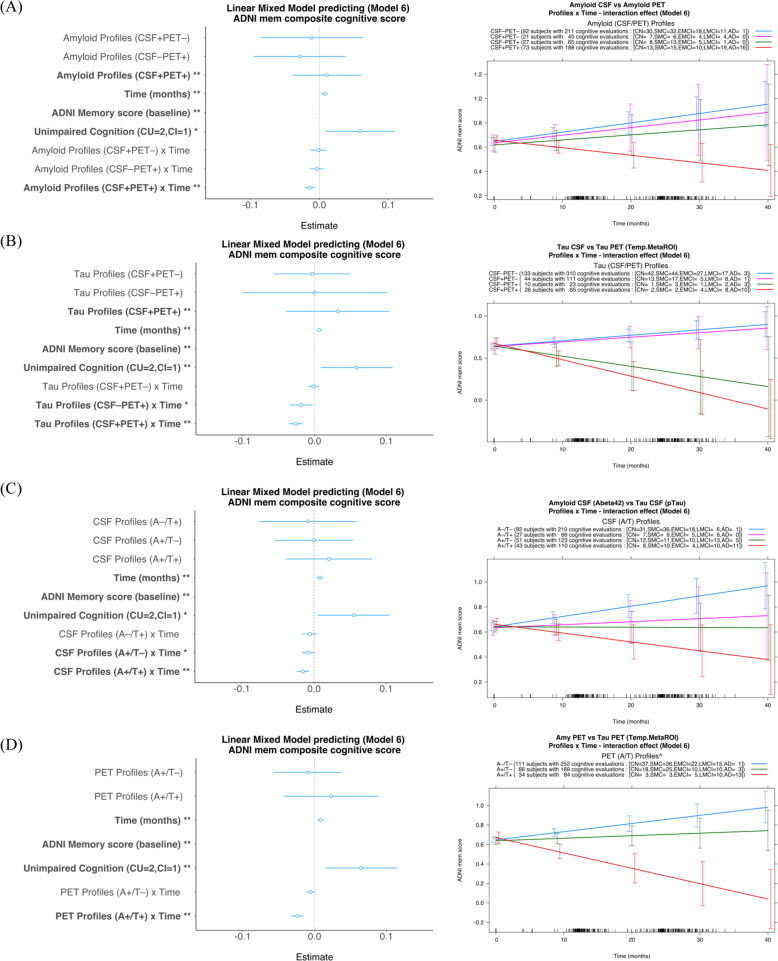Fig. 5. Amyloid-β and tau profiles (CSF and PET together) and CSF and PET profiles (amyloid-β and tau together) tested as predictors for cognitive decline.
A Among the amyloid-β profiles, only the concordant positive profile (CSF+/PET+) showed a significant negative interaction effect on longitudinal episodic memory decline; B Among the tau profiles, only the profiles positive for imaging biomarkers, irrespective of CSF status, (CSF+/PET+, CSF-/PET+) showed a significant negative interaction effect on longitudinal episodic memory decline. C CSF profiles: there was a significant interaction between Aβ42 and time (stable or cognitive decline) irrespective of whether pTau was positive or negative; D PET profiles: ^The PET profile A-T+ was excluded from the models for this analysis since only one subject had valid data for longitudinal analysis (one more had only baseline measurements). There was a significant interaction between PET tau and time (cognitive decline) only when PET Aβ was positive (A+T+), meaning that PET amyloid-β is predictive only if PET tau is positive and, given that there were two cases (one cross-sectional and one longitudinal case) with PET A-T+ , PET tau is a preferable predictor. *p ≦ 0.05, **p ≦ 0.01. The ADNI_MEM baseline, as expected, had a substantial impact on the model estimations, and its coefficient was consequently about tenfold higher than that of the second highest factor; hence the range selected to display the factor coefficient has been tailored to show differences among the smaller factors. The full representation of the coefficient for each model tested is presented in the SI. AD = Alzheimer’s disease; CN = cognitively normal; EMCI = early MCI; LMCI = late MCI; MCI = mild cognitive impairment; SMC = subjective memory concern.

